All the things you can do with Python
The value-added Python offers over and above alternative packages.
Martien Lubberink
Session 1
All the things you can do with Python
Python
Why Python?

Why Python?
- Versatility - wide range of applications
- Speeds up learning

Why Python?
- Code readability and code maintenance
- Jupyter notebooks:
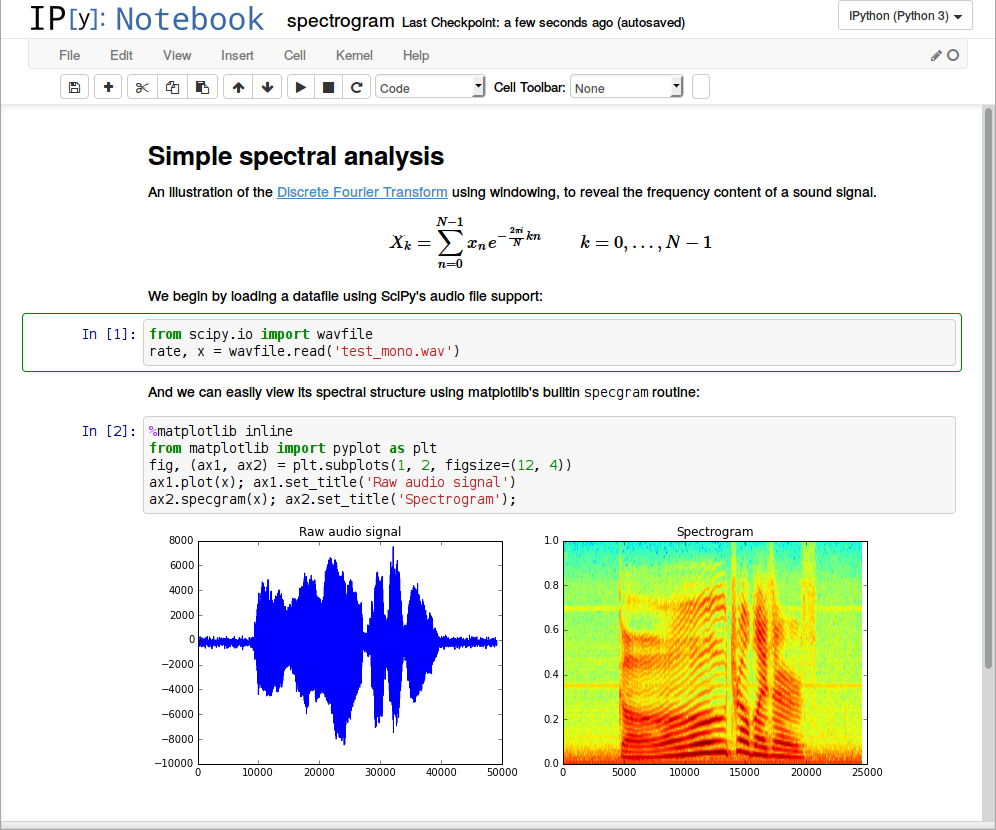
Why Python?
- Popularity and support, e.g. via Stackoverflow
- Wealth of libraries
- Pandas and Numpy for data analytics
- Scikit-learn and TensorFlow for ML
- Geopandas and xarray for geospatial data
- WRDS and Eikon for access to WRDS & Eikon
- pandaSDMX for access to the ECB statistical warehouse
Why Python?
- Collaboration:

Why Python?
- Python input from most popular file formats:
- Excel
- csv
- SAS
- Stata
- json
- Or directly from sources, such as HTML and via APIs
Why Python?
- Python output:
- Tabular materials to Excel, csv, LaTeX.
- Graphs, eg. with Matplotlib:
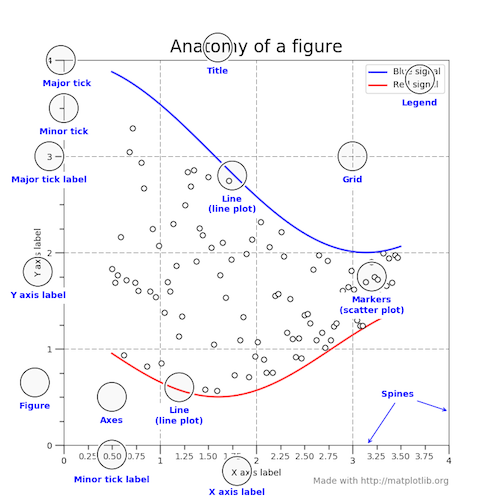
Why Python?
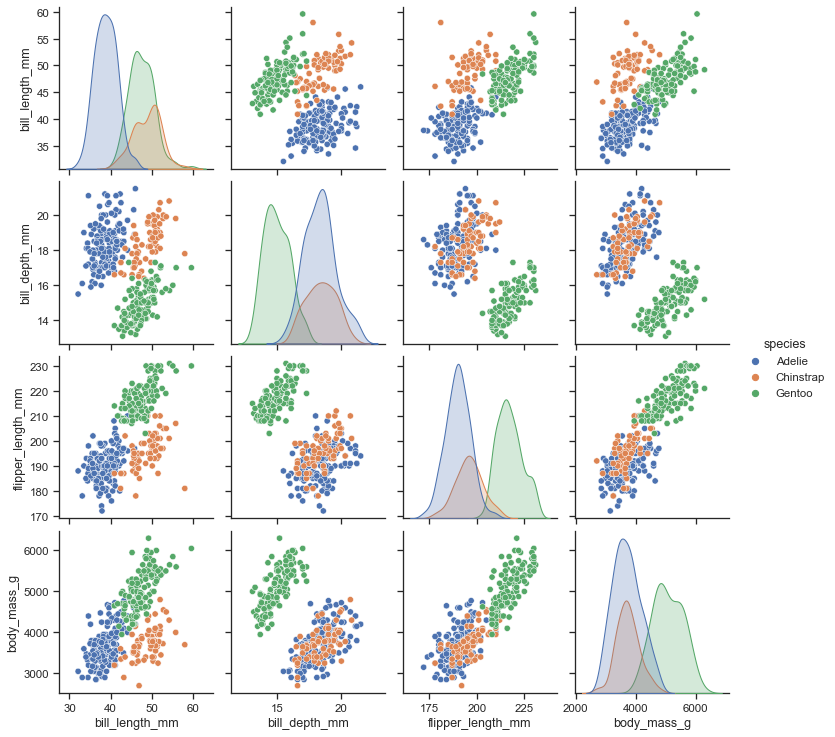
Python and Data Analysis
- Data analysis:
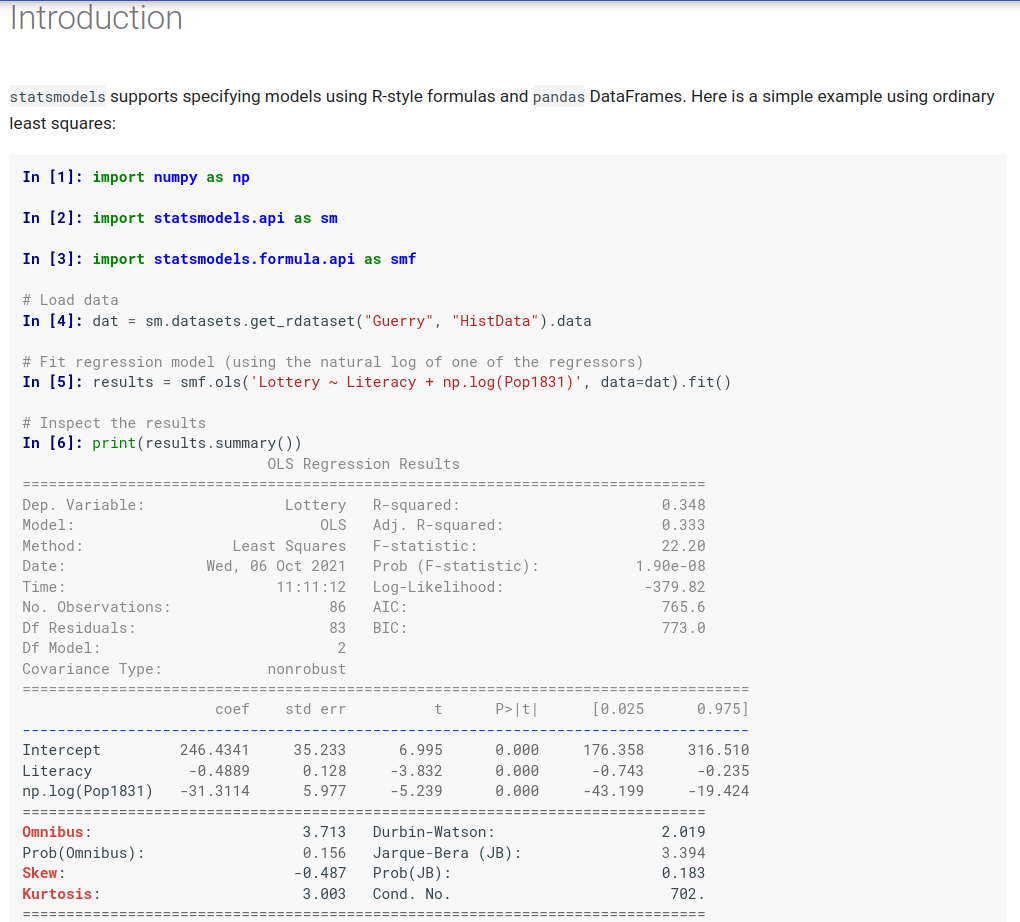
But most importantly:
- Python can support your research.
- Some examples of some cool research that uses Python:
Example: resampling data
- An example of superior date handling capabilities of Python and Pandas
- We often need to resample data: e.g. from monthly to quarterly, from quarterly to annually. See below data from the RBNZ:
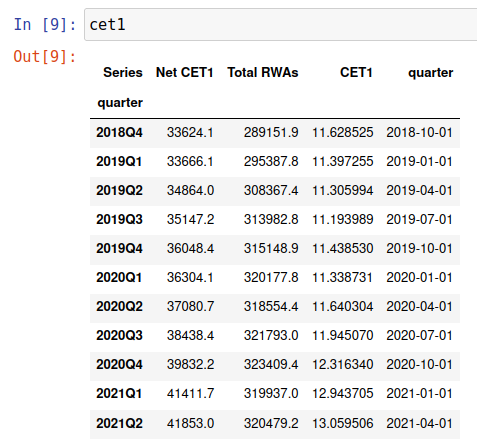
Example: resampling data
- An example of superior date handling capabilities of Python and Pandas
- We often need to resample data: e.g. from monthly to quarterly, from quarterly to annually. See below data from the RBNZ:
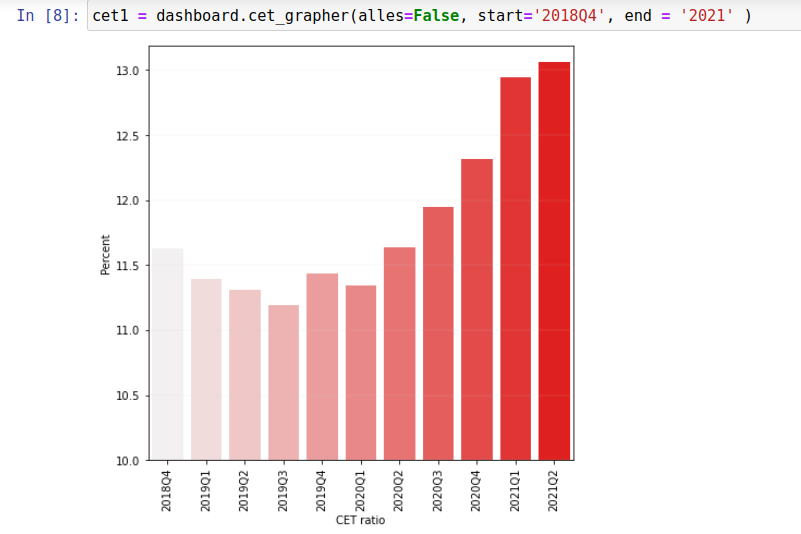
Example: resampling data
- An example of superior date handling capabilities of Python and Pandas
Code:
cet1_res = cet1[['Net CET1', 'Total RWAs', 'CET1']]
cet1_res = cet1_res.resample('A-JUN').last()
Example: resampling data
print(cet1_res.to_markdown())
| Net CET1 | Total RWAs | CET1 | |
|---|---|---|---|
| 2019 | 34864 | 308367 | 11.306 |
| 2020 | 37080 | 318554 | 11.640 |
| 2021 | 41853 | 320479 | 13.059 |